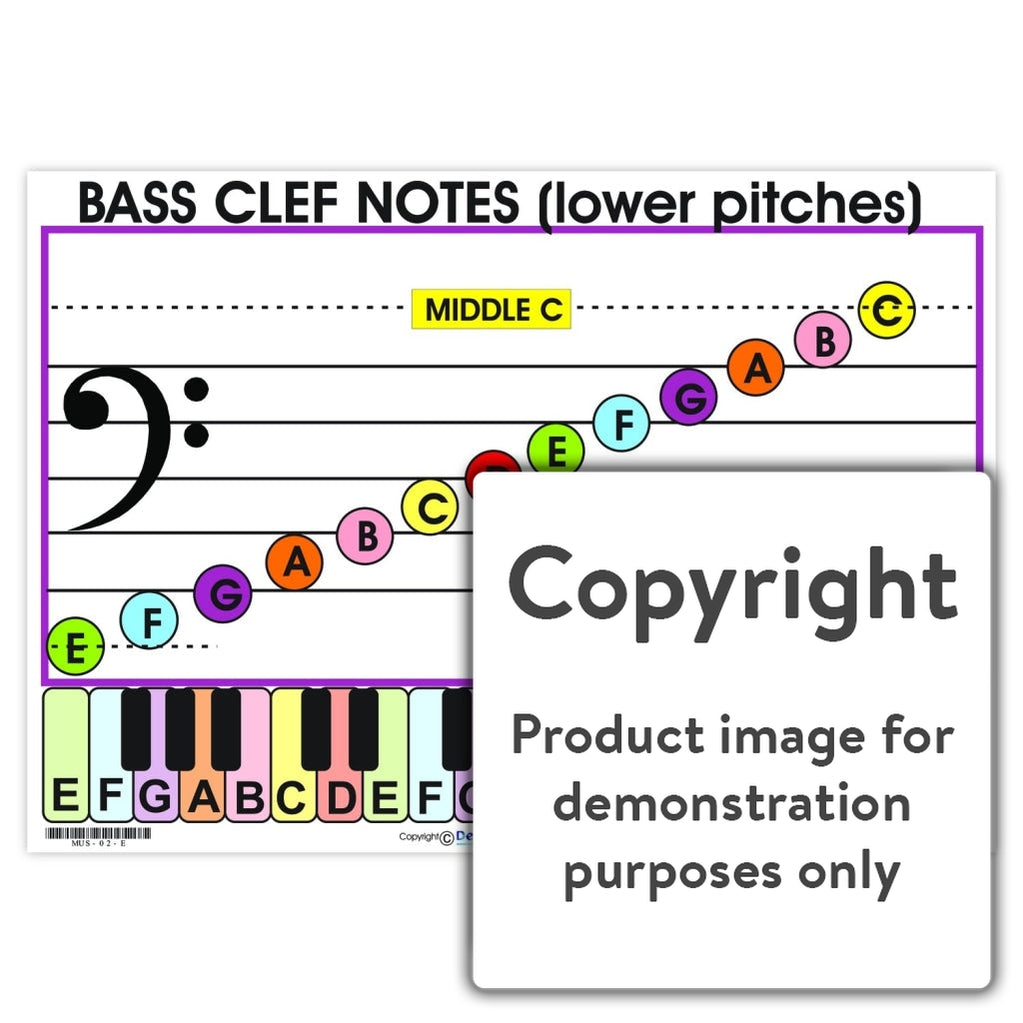
As you continue moving clockwise by fifth intervals around the circle, you’ll add a sharp with each step. The key of G major contains a single accidental-F#. Hot tip: if you need a refresher on how intervals like fifths work in music, head over to our in-depth guide. If you start with the key of C major and move up by a fifth, you’ll land on G major. If you’ve heard some music theory basics you probably know that the key of C major contains no sharps or flats. Hot tip: Want to learn more music theory? Subscribe to the LANDR Newsletter to get the best tips, tutorials and explainers right in your inbox. The circle of fifths arranges the musical keys by the number of accidentals in their key signatures. That might seem confusing, but remembering which accidentals are required for which keys is a big reason musicians use the circle of fifths.

The key signature is the set of accidental symbols that defines which pitches are included in the key. The octave is divided into equal tempered semi-tones, but there are only six notes in the musical alphabet.Īccidentals are the symbols used to alter the letter pitches by a semitone up or down.įor example, adding the # symbol to C will create C#-one half-step higher.Īnd adding the flat symbol to A will create Ab-one half-step lower. There are 12 of these-one for each key on the musical keyboard. Using the notes inside the key in your chords, melodies and progressions will ensure all your musical elements sound pleasing together.
ALL MUSIC KEYS CHART FREE
If you’re already got the basics of music theory down, feel free to skip ahead to the next section.īut if you’re new to it you’ll need a quick recap of the fundamentals to get the most from this article.Ī musical key is the group of 7 notes that forms the basis of a musical composition. If that sounds tough to visualize, let’s clear it up with an infographic: It’s called the circle of fifths because each key is arranged a fifth interval away from the next on the circle. It’s used in music to help remember the notes that make up each key and group similar keys based on the notes that they share.įollowing the steps of the circle in order will also give you the order of sharps and flats for writing musical scores. The circle of fifths is a way to visualize the twelve musical keys and put them in a convenient order. In this article I’ll explain what it is, how it works, and how it can help you make music. In fact, all you really need to know is the basics to get started with the circle of fifths. But that doesn’t mean it has to be confusing or difficult. With such a practical concept, it takes a bit of background to understand it right.

It will help you remember key signatures, situate yourself on your instrument and unlock creativity with chords and progressions.

The term might sound like a dry music theory lesson, but the circle of fifths is one of the most useful concepts to learn in music. The circle of fifths is your road map to the twelve musical keys.


 0 kommentar(er)
0 kommentar(er)
